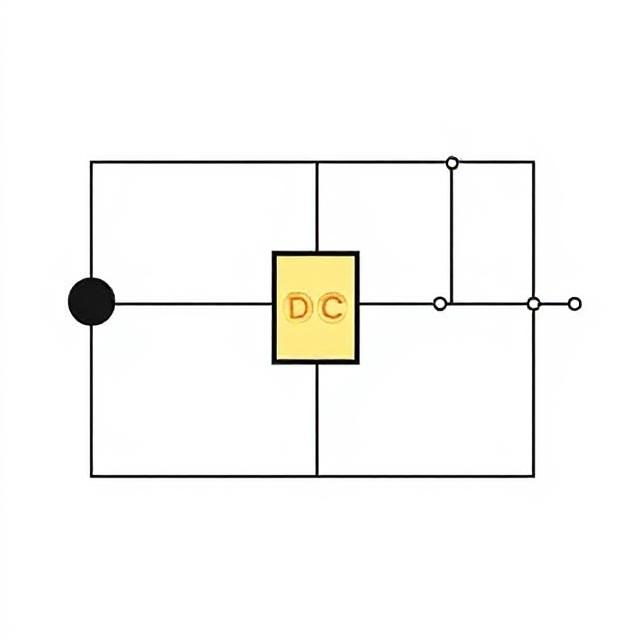In electrical engineering, analyzing circuits efficiently is crucial. Two of the most powerful methods for circuit analysis are mesh analysis and nodal analysis. These techniques allow engineers to calculate unknown currents and voltages in a circuit using fundamental laws of electricity. Below is a detailed explanation of both methods, including how and when to use each.

1. Mesh Analysis (Current Method)
What is Mesh Analysis?
Mesh analysis is a technique used to find the current flowing in each loop (or mesh) of a circuit. A mesh is a loop that does not contain any other loops within it. This method relies on Kirchhoff’s Voltage Law (KVL), which states that the sum of all voltages around any closed loop must be zero.
Steps in Mesh Analysis:
-
Identify the Meshes:
Look for closed loops in the circuit that do not contain other loops inside. These are your meshes. -
Assign Mesh Currents:
Assign a current to each mesh (e.g., ). The direction can be clockwise or counterclockwise, but it must remain consistent throughout the analysis. -
Apply KVL to Each Mesh:
Write an equation for each mesh using KVL. Use Ohm’s Law to express voltage drops across resistors. -
Solve the Equations:
You will obtain a system of linear equations. Solve them algebraically to find the mesh currents.
Example:
Consider a circuit with two resistors and , shared by two loops, and a voltage source .
-
Assign mesh currents and .
-
Apply KVL:
-
Mesh 1:
-
Mesh 2:
-
2. Nodal Analysis (Voltage Method)
What is Nodal Analysis?
Nodal analysis is a technique used to determine the voltage at various nodes in a circuit. A node is a point where two or more components meet. This method uses Kirchhoff’s Current Law (KCL), which states that the sum of all currents entering a node equals the sum of all currents leaving it.
Steps in Nodal Analysis:
-
Identify the Nodes:
Locate all points where components connect. -
Choose a Reference Node (Ground):
Select one node as the ground (voltage = 0). All other node voltages are measured with respect to this node. -
Assign Node Voltages:
Label the voltage at each node (except the reference node) as variables (e.g., ). -
Apply KCL to Each Node:
For each non-reference node, write an equation where the sum of currents is zero. Use Ohm’s Law to express each current. -
Solve the Equations:
Solve the resulting system of equations to find the node voltages.
Example:
Consider a circuit with three resistors and a voltage source .
-
Assign node voltages and let the third node be ground .
-
Apply KCL:
-
Node 1:
-
Node 2:
-
-
Solve for and .
Comparison: Mesh Analysis vs. Nodal Analysis
| Feature | Mesh Analysis | Nodal Analysis |
|---|---|---|
| Focus | Currents in loops | Voltages at nodes |
| Based on | Kirchhoff’s Voltage Law (KVL) | Kirchhoff’s Current Law (KCL) |
| Solves for | Mesh currents | Node voltages |
| Best used when | Fewer meshes than nodes | Fewer nodes than loops |
| Complexity | More equations, fewer unknowns | Fewer equations, more unknowns |
| Efficiency | Better for loop-dominated circuits | Better for node-heavy circuits |
When to Use Each Method
-
Use Mesh Analysis When:
-
The circuit has fewer loops than nodes.
-
The circuit contains mostly series elements.
-
You’re primarily interested in finding currents.
-
-
Use Nodal Analysis When:
-
The circuit has fewer nodes than loops.
-
The circuit contains mostly parallel elements.
-
You’re primarily interested in finding voltages.
-
Summary
-
Mesh Analysis is ideal for solving current in circuit loops using Kirchhoff’s Voltage Law (KVL).
-
Nodal Analysis is better suited for finding voltages at various points using Kirchhoff’s Current Law (KCL).
Both methods are foundational in circuit analysis and mastering them allows for accurate and efficient evaluation of electrical circuits.
Tags: circuit analysis, Circuit Components, circuit nodes, current distribution, current flow, current method, efficient circuit solving, electrical circuits, electrical engineering, electrical laws, Electricity, ground node, KCL, Kirchhoff’s Current Law, Kirchhoff’s Voltage Law, KVL, linear equations, loop analysis, loop currents, mesh analysis, mesh currents, mesh equations, mesh loops, nodal analysis, nodal equations, node analysis, node voltages, Ohm’s Law, parallel circuit, reference node, Resistors, series circuit, simultaneous equations, system of equations, voltage distribution, voltage drops, voltage method, voltage source


